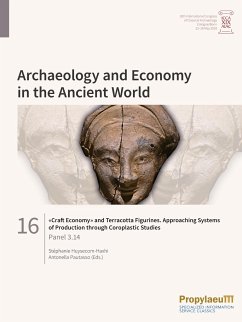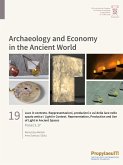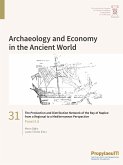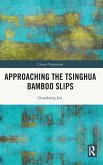Coroplastic studies have been developing in recent years due in particular to a different perception of terracotta figurines which are no longer considered as decorative objects but as privileged evidences of artisanal, socio-cultural and religious practices of the societies in which they were produced and used. This volume is dedicated particularly to the craft practices and the processes and motivations that led to the production and the wide diffusion of terracotta figurines through the ancient world. The studies presented here, still in progress, are essentially based on a in-depth observation of the objects which are often the only remains excavated, as few workshops with all the tools and structures necessary for the manufacture of these artefacts have been recognized and studied so far. The object, whether moulds or figurines, is thus at the heart of coroplastic studies. Different coroplastic sets, from various contexts in different geographical areas, are presented here, with the aim of comparing information on several problems concerning the manufacturing techniques, production processes and workshop faciès. Two main fields were explored: firstly the technical expertise and characteristic handiwork of the craftsmen, and furthermore the reconstruction of activities within the workshops, whose functioning and faciès may vary from case to case. The contributions collected in this volume thus provide some interesting insights that may help future researches in this growing scientific discipline.
Hinweis: Dieser Artikel kann nur an eine deutsche Lieferadresse ausgeliefert werden.
Hinweis: Dieser Artikel kann nur an eine deutsche Lieferadresse ausgeliefert werden.








